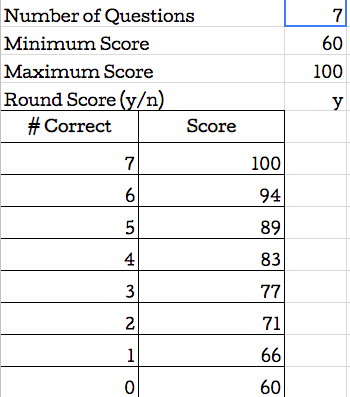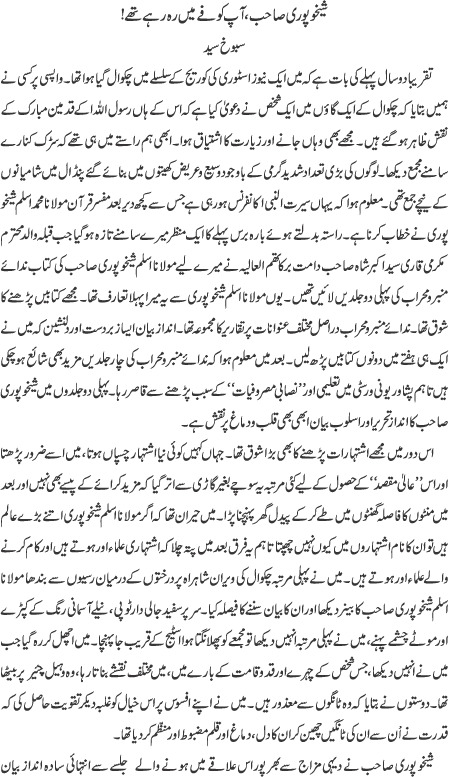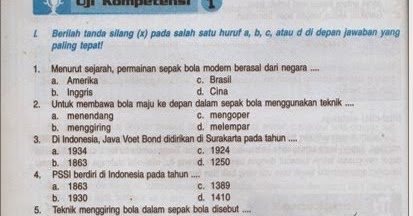Why are the late-piano works of Brahms (op 116-119.
The format of No. 4, an Intermezzo, is unusual, and is in part the result of Brahms ' predilection for developing variation. The first half of the piece alternates between two themes (A and B), which return in varied forms. After the diminutive third variation of A.An Analysis of Intermezzi, Opus 117, No. 1, 2, 3 (1892) by Johannes Brahms by Jill Bays-Purtill. The Brahms Intermezzi, Opus 117, No. 1,2,3 form a cycle of programmatic piano works.The piece is largely heroic and even joyous, so the ending in E-flat minor is surprisingly dark. Incidentally, E-flat minor is also the key in which Op. 118 ends as well as the key of Brahms’s earliest composed (but not earliest published) piano work, the Scherzo, Op. 4. This key thus, in a way, frames the composer’s entire solo piano output.
Background. The Four Pieces for Piano were published in 1892 and 1893 along with three other collections of smaller piano pieces: Seven Fantasias Op. 116, Three Intermezzos Op. 117, and Six Pieces for Piano Op. 118. Each of the first three pieces is called an intermezzo, and the last a rhapsody (the German spelling Rhapsodie is also common in English publications).For Johannes Brahms, 1892-1893 was a productive period for piano compositions, as he completed Opp.117, 118, and 119 in addition to the Sieben Fantasien that compose Op. 116.While the seven fantasies were originally published in two sets, a group of three and another of four, the pieces collectively balance individuality with large-scale cohesion.

This page lists all recordings of Intermezzo in E major, Op. 116 No. 4 by Johannes Brahms (1833-97).











